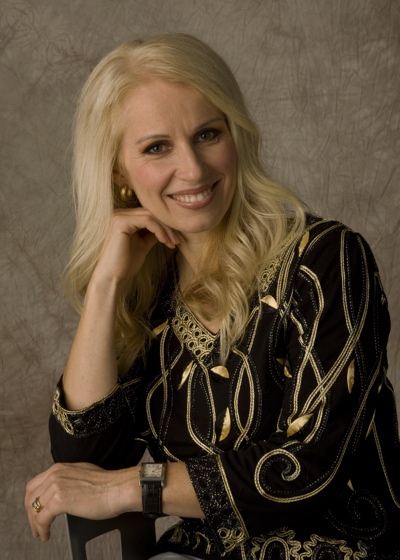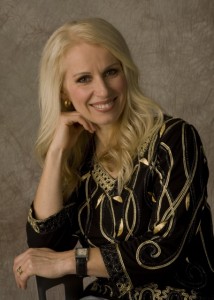
If you’re going through cancer treatments, you’re probably craving a massage, a light facial, or some other restoring spa treatment. Something to help you relax and de-stress, right? But you know you need to find a therapist experienced with cancer patients, and sometimes that’s easier said than done.
One woman has set out to change that.
“It’s very important to have specific training in oncology esthetics if you’re going to work with cancer fighters and survivors,” says Morag Currin, La, CMLT, and pioneer of the Clinical Oncology Esthetics (COE) certification for licensed estheticians. “Why would you work on someone if you don’t know what the disease is about? Even if you’re intent is good, you may touch them or massage them in the wrong way. You might not know what a port is, or how to respond to hair loss. You must know what you’re doing from a safety perspective.”
We’ve spoken about the benefits of massage in former posts. Though many cancer centers and wellness spas now provide massages, facials, reflexology, and other spa treatments to help relieve pain and calm anxiety, many still lack therapists who are truly knowledgeable.
“In countries like South Africa and Australia,” says Morag, “estheticians go to school for two-to-four years. In North America, esthetic education is very poor. But the industry is growing in a number of different ways. We have new medical spas these days, and we have studies showing the benefits of spa treatments for cancer patients. Demand is rising, and there is a very real interest in additional education from a liability aspect.”
Indeed, if an esthetician performs a procedure on a cancer patient and causes harm, he could be at risk of a law suit. Further, as more and more people with cancer and other medical conditions seek alternative treatments, estheticians are finding themselves unprepared. Most of all, however, Morag says that many therapists out there have a great desire to help, and want to know how to do it right.
“I’ve had an amazing response,” she says, regarding her oncology esthetics awareness training. “People write to me and tell me that they’ve been looking for this type of training for a long time. These are people who are called to the healing path, and have a deep desire to touch and to restore. Some are nurses working in hospitals or medical spas, who want to move from working just with equipment to direct contact with patients. There’s a compassion driving them, as it drives me.”
Challenged with a hearing disability, Morag admits to being “in tune” with others suffering from disabilities and disease, and understands their fight to overcome and get on with life. “In my trainings, I’ve had survivors tell their stories, and they get very emotional. I stand behind them, stroke them, and tell them to wait, to refrain from talking for a moment, and I move on to the next person. When they’re ready, they speak, and then they know they’ve been heard.”
If you feel you’ve been called to work in this field, or if you are an esthetician wishing to increase your knowledge of oncology massage and other treatments, you owe it to yourself to register for Morag’s training course. You’ll gain an understanding of cancer, cancer therapies, and the lymphatic system, and receive invaluable instruction in oncology massage, infection control, product choices, treatments and equipment safe for cancer patients and much more. You’ll emerge with a certification that will give you a greater sense of confidence in your abilities, and your customers a greater sense of trust in you.
“Something inside them is saying, ‘I want to touch and I want to heal,’” says Morag. Will you heed that call?
To register for Morag’s course or for more information, please visit her website.


